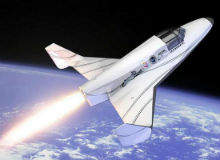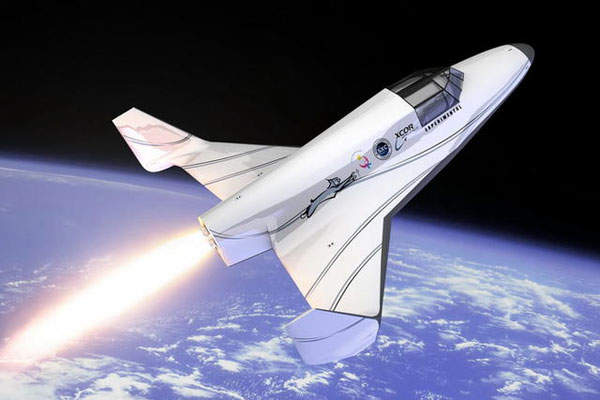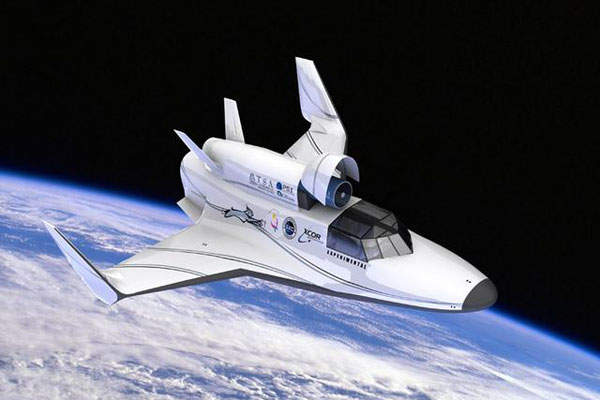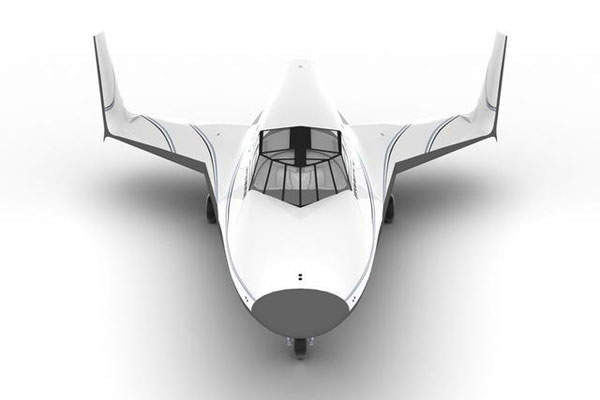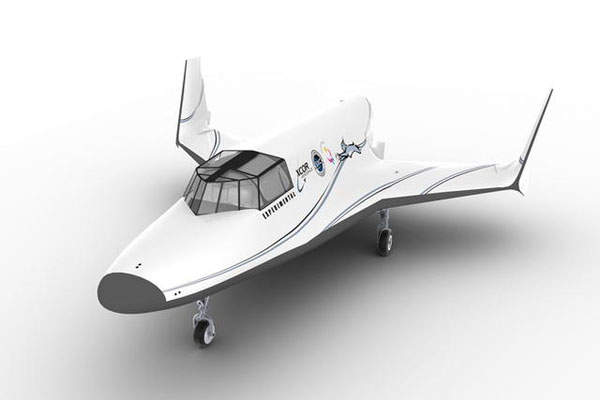The Lynx Spaceplane is a two-seat commercial reusable launch vehicle (RLV) developed by XCOR Aerospace. It can carry a pilot, ticketed passenger, payload or small satellites higher than 100km altitude for a suborbital flight.
Netherlands-based Space Expedition Corporation was selected as the sales agent for future Lynx flights in June 2013.
ATK’s Aerospace Structures Division was awarded a contract to provide the detailed design as well as manufacture the wings and control surfaces for the prototype launch vehicle, Lynx Mark I, in November 2012. ATK works in partnership with Quartus Engineering in San Diego, California, US, which provides structural and flutter analysis for the Lynx Mark I.
Lynx suborbital spacecraft development programme
The development of a two-seat spaceplane was initially conceptualised in 2003.
Development of the Lynx Mark I prototype began in March 2008, construction began in mid-2013 and the first flight was expected in 2017. The plane was being assembled and tested at XCOR’s facility located at Mojave, California. Commercial flight was expected in 2018.
The six-seat Lynx Mark II is the production version of the Lynx plane and will have similar propulsion and avionics systems as the Lynx Mark I. The Mark II will feature a lightweight composite LOX tank integral with the aeroshell. It will also feature non-toxic (non-hydrazine) reaction control system (RCS) thrusters.
Lynx Mark III will be a highly modified derivative of the Lynx Mark II, capable of carrying an external dorsal pod with a payload capable of launching a small satellite into low-Earth orbit. The total payload capacity of the external dorsal pod will be 650kg. The plane will feature upgraded version landing gear, aerodynamics and core structural enhancements compared with the Mark II.
Lynx commercial RLV design
The Lynx plane features an all-composite strong, light airframe. The Lynx Mark I prototype uses a carbon/epoxy ester composite airframe, while the Mark II will use carbon/cyanate with nickel alloy for the airframe. A thermal protection system (TPS) is provided on the nose and leading edges.
It is 9m in length and features 7.5m double-delta wing and twin outboard vertical tails. The wing area of the plane is sized for landing at moderate touchdown speeds, near 90k. It can fly, similar to aircraft, up to four times a day from any licensed spaceport with a 2,400m (7,900ft) runway.
The Mark I is designed to reach an altitude of 61km (200,000ft), while the Mark II will reach an altitude of 100km (328,000ft).
Cockpit and cabin of the Lynx spaceplane
AdamWorks was awarded a contract to manufacture the Lynx Mark I cockpit in August 2012.
The cockpit includes seating for an astronaut pilot and participant, or for an astronaut pilot and large scientific payload.
The cockpit features a glass canopy and self-contained pressurised vessel. It includes life-support systems and pressure suits that both pilot and ticketed passengers can wear as a safety backup measure in the event of a loss of pressure. The cabin features an on-board breathable air supply during normal operating conditions.
Lynx spaceplane engine
The Lynx plane will be powered by four XR-5K18 rocket engines, each producing a thrust of 12.9kN (2,900lbf). Designed between 2008 and 2011, the engine uses LOX-Kerosene as propellant fuel.

